

— Products —
 Consumer hotline +8618073152920
Consumer hotline +8618073152920 WhatsApp:+8615367865107
Address:Room 102, District D, Houhu Industrial Park, Yuelu District, Changsha City, Hunan Province, China
All products
PM10 Sensor Working Principle: PM10 sensors usually use technical principles such as laser scattering, light scattering or particle deposition to measure the concentration of PM10 particles in the atmosphere. By distinguishing these particles from other particles in the air, the sensor can accurately measure the concentration of PM10.PM10 sensor has the characteristics of high sensitivity, fast response speed, strong anti-interference ability and long service life. They are u···
Tel/WhatsApp:+8615367865107
Email:Arvin@niubol.com +Nearly 100 partner companies in more than 68 countries. We are committed to providing high-quality, practical products to meet your needs and help you solve problems. Our products comply with international standards and are certified with ISO, CE and RoHS.Product Details
NiuBoL PM2.5 and PM10 all-in-one sensors use advanced technology to provide accurate, stable and continuous monitoring of PM2.5, PM10 and other particulate matter in the ambient air.
Widely used in atmospheric monitoring, micro air stations, dust monitoring, clean space, urban smart communities/industrial parks/plants, smart street lighting, scenic environmental monitoring, factories or mines, construction sites (site dust monitoring), urban roads, highways, public places, also including filter instrument monitoring and other fixed or portable monitoring scenarios and other places.
PM2.5 & PM10 integrated sensor Product Description.
PM2.5 & PM10 integrated sensor using the laser scattering principle, sensitive detection of PM2.5 and PM10 concentration in the environment, the use of imported lasers and light-sensitive components, stable and reliable data; built-in fan, high integration; can be changed according to the needs of the sensor power supply voltage and the output signal type.
PM2.5 & PM10 integrated sensor technical parameters:
| Measurement range: | PM2.5: 0-1000μg/m3 PM10: 0-2000μg/m3 |
| Relative error: | PM2.5, PM10: ±15% and ±10μg/m3 maximum error (25°C, 50% RH) |
| Minimum detectable particles : | 0.3μm diameter. |
| Power supply: | DC 12V-24V |
| Output: | RS485 |
| Cable length: standard: | 2.5m |
| Operating ambient temperature: | -20℃~+60℃ |
| Ambient humidity: | 0~99%RH |
| Product power consumption: | 350 mW |
PM10 sensor is a device used to monitor the concentration of PM10 particulate matter in the air, which is defined as particulate matter in the atmosphere with a diameter of less than or equal to 10 micrometres, also known as respirable particulate matter. This particulate matter can be easily inhaled into human lungs, causing serious health hazards. Therefore, the emergence of PM10 sensor is of great significance to protect the environment and human health.
PM10 sensor product introduction:
PM10 Sensor Working Principle: PM10 sensors usually use technical principles such as laser scattering, light scattering or particle deposition to measure the concentration of PM10 particles in the atmosphere. By distinguishing these particles from other particles in the air, the sensor can accurately measure the concentration of PM10.PM10 sensor has the characteristics of high sensitivity, fast response speed, strong anti-interference ability and long service life. They are usually installed in outdoor environments such as city streets, industrial areas or around farmland to monitor the concentration of PM10 particles in the air.
PM10 sensor application scenarios and value:
1. Environmental monitoring: PM10 sensors can be used in places such as cities, industrial areas and transport hubs to monitor the concentration of PM10 particles in the air, assess environmental quality and provide data support.
2. Health protection: Long-term exposure to high concentrations of PM10 particulate matter may have an impact on human health, and PM10 sensors can provide alerts or monitoring data to help the public take the necessary protective measures.
3. Urban planning: Urban planners can use PM10 sensor data to assess air quality conditions and formulate policies and plans to improve the urban environment and the quality of life of residents.
4. Industrial regulation: PM10 sensors can be used to monitor atmospheric particulate emissions during industrial processes, helping companies to comply with regulations and reduce pollution emissions.
5. Scientific research: Research institutes and academia can use the data collected by PM10 sensors to carry out research on environmental pollution particles, providing a scientific basis for environmental protection and governance.
6. Promote policy making: Providing accurate air quality data for government departments can help formulate and implement air pollution prevention and control policies and promote green development.
7. Medical field: Hospitals can use PM10 sensors to monitor the air quality in wards, providing a more comfortable and safer environment for patients.
8. Home environment: PM10 sensors can be used in homes to monitor indoor air quality and protect the health of family members.
Overall, PM10 sensors have important applications in the fields of environmental monitoring, health protection, urban planning, industrial regulation and scientific research, etc. They can help monitor environmental pollution, protect public health and promote environmental protection and sustainable development.
Sensors & Weather Stations Catalog
Agriculture Sensors and Weather Stations Catalog-NiuBoL.pdf
Weather Stations Catalog-NiuBoL.pdf
Related recommendations
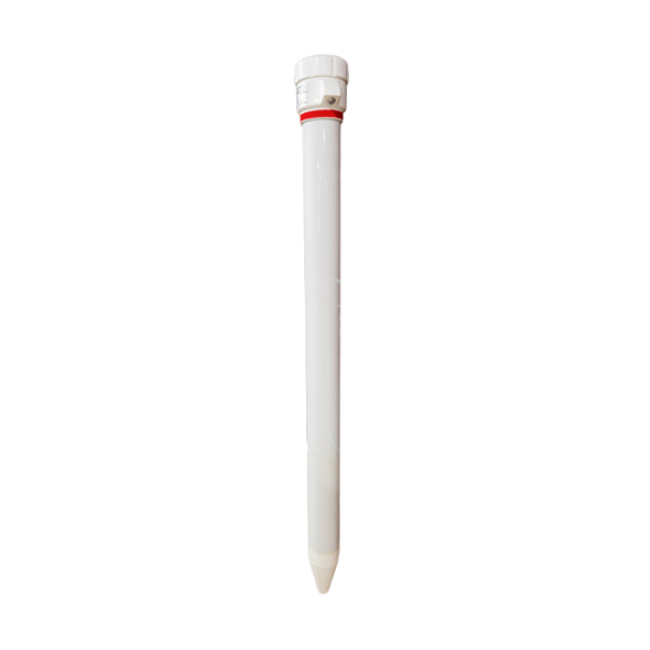 Multi-Depth Soil Sensor RS485
Multi-Depth Soil Sensor RS485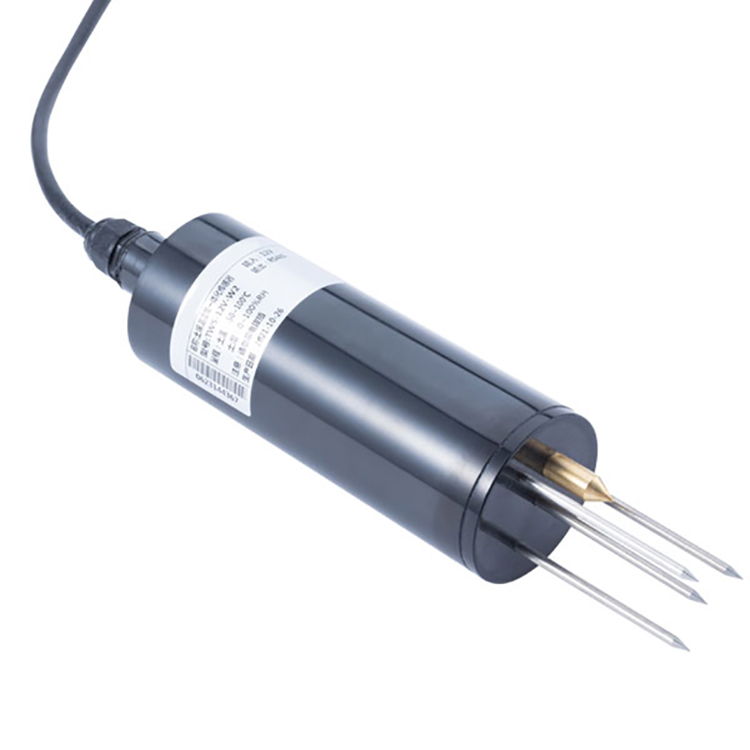 TDR Soil Moisture Sensor
TDR Soil Moisture Sensor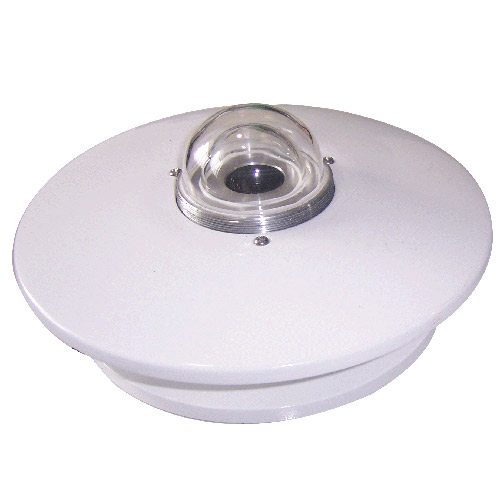 Pyranometer Solar Radiation Sensors
Pyranometer Solar Radiation Sensors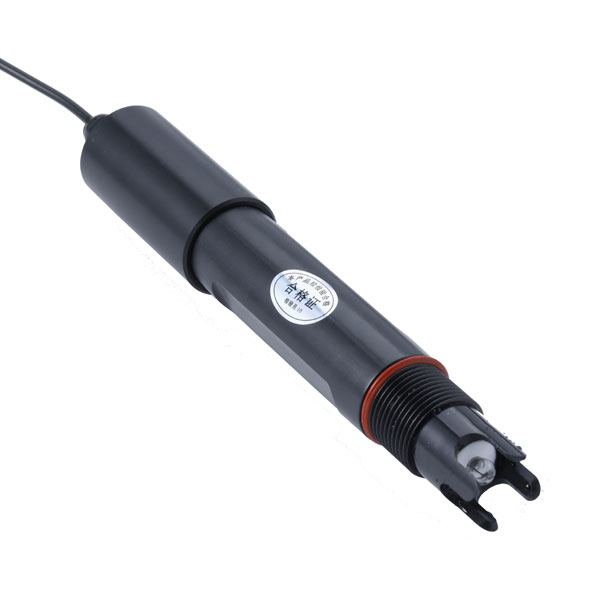 Soil ph sensor
Soil ph sensor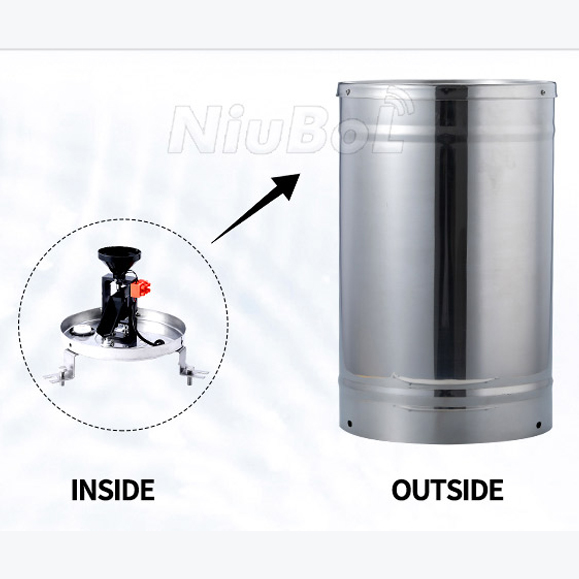 Tipping Bucket Rain Gauge
Tipping Bucket Rain Gauge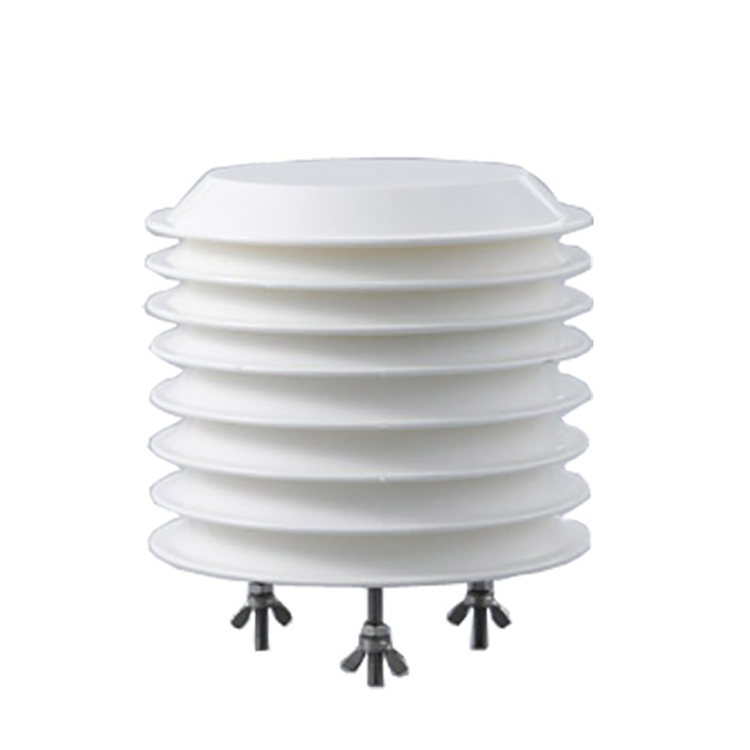 Air Temperature and Humidity Sensor
Air Temperature and Humidity Sensor
Screenshot, WhatsApp to identify the QR code
WhatsApp number:+8615367865107
(Click on WhatsApp to copy and add friends)
